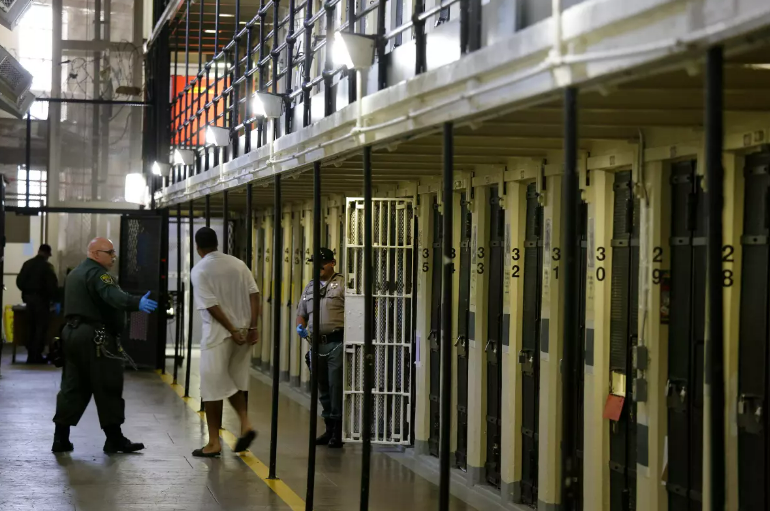Opinion - Newsom Budget Cuts Take Foster Youth Backward
Nearly one-fifths of adults in prison in the U.S. were in the foster system as children and 70 percent of youth who exit foster care as legal adults are arrested by age 26.

The following opinion piece, "I am serving a life sentence at San Quentin. I know budget cuts will hurt foster youth," was featured in the San Diego Union-Tribune last week and is written by Donald Thompson, who is is serving a life sentence at San Quentin Rehabilitation Center (formerly known as San Quentin State Prison).
Excerpts from the opinion below:
*****
I have been incarcerated for more than two decades. Although I am guilty of the crimes that I was convicted of, a contributing factor to my incarceration comes from my experience in California’s foster care system. I am not alone. Nearly one-fifth of adults in prison in the U.S. were in the foster system as children and 70 percent of youth who exit foster care as legal adults are arrested by age 26.
Looking back, I realize that foster care prepared me for the group homes, the group homes prepared me for the youth authority and the youth authority prepared me for the prison where I am now, serving a life sentence at San Quentin.
No child should go through what I went through. That’s why I have been encouraged over the years to see the development of some key services and programs that are now available for foster youth which could have helped me. It is also why I am so concerned and saddened about the proposed cuts in the governor’s budget to three such programs that have been lifelines for thousands of foster children and families. Elimination of these programs would not only hurt the most vulnerable youth in the state, but would actually end up even costing the state more money in the form of downstream costs. Incarceration is just one example — it costs the state $132,860 per year for each incarcerated person in California.
Foster youth are at a high risk for homelessness, and research shows that this also puts them at risk for chronic homelessness as adults. I remember at age 18 struggling on my own, working at McDonald’s for $3.35 an hour. I don’t know what Supervised Independent Living Placements supplements or Housing Navigators Program vouchers would have been in 1984 dollars, but any additional support would have helped provide the stability I needed as someone with a minimum-wage job.
I ended up putting myself in compromising situations where I hustled to survive, living in violence-ridden neighborhoods, feeling alone and mad at the world. I knew foster and group home kids aging out of the system who spiraled downward after returning to unsafe communities, gangs or abusive homes because they had no other place to go or live. Youth exiting out of foster care need all the support they can get to prevent homelessness, which will also prevent other tragic outcomes.
*****
Yet another compelling reason to continue down the path of closing California prisons at a time when taxpayers are paying for staff to supervise empty, unused beds. Community-based programs, similar to the ones mentioned in this editorial, are at risk of facing significant cuts and yet show considerably more promise in reducing crimes rates and strengthening communities.
You can read the full editorial "I am serving a life sentence at San Quentin. I know budget cuts will hurt foster youth" at the San Diego Union-Tribune website. The author, Donald Thompson, participated in and now serves as a facilitator for Back to the Start, a community-based program that works with incarcerated persons to help them process their childhood traumas and raise awareness about the need for expanded investments in children and families.










